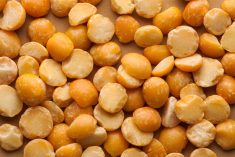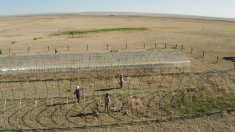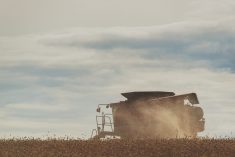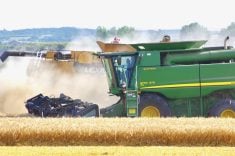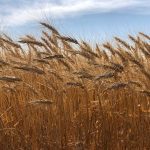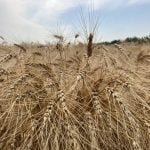In his weekly Call of the Land interview, Alberta Agriculture’s pest specialist Scott Meers warns that spraying insects in canola this late in the season may not be advisable.
One reason is the need to respect pre-harvest intervals, which could mean residues in harvested canola and potential marketing problems. The second is that spraying may not be required or even counterproductive. Meers warns against spraying for bertha armyworms based on “an emotional threshold rather than an actual economic threshold,” as it also kills beneficial insects. “Spraying when we don’t have to may actually prolong our problem into future years.”
Read Also
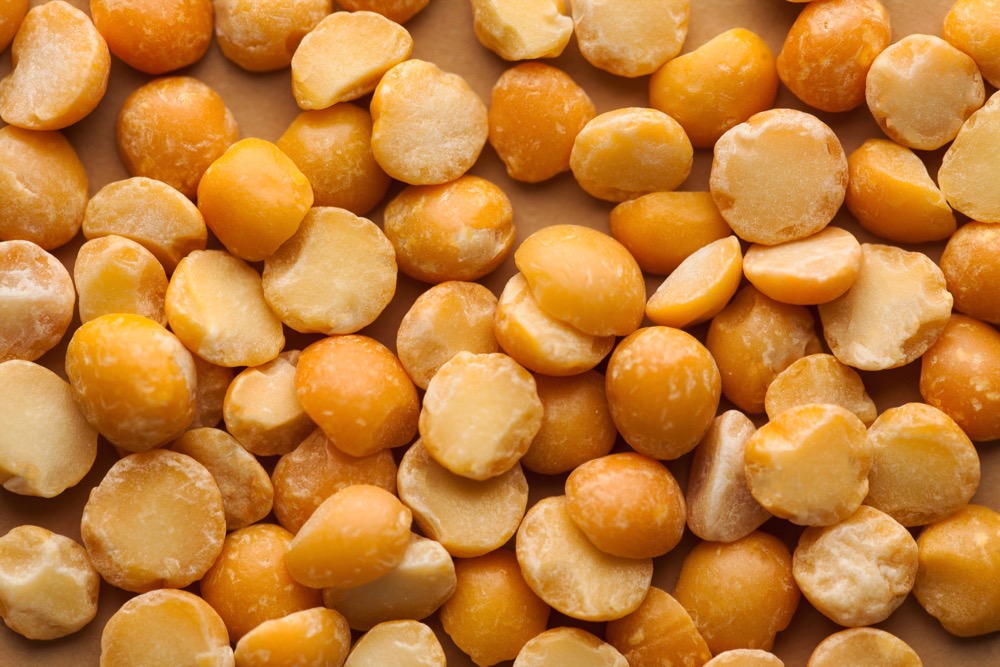
India slaps 30 per cent import duty on yellow peas
India has imposed a 30 per cent duty on yellow pea imports with a bill of lading date on or after Nov. 1, 2025.
Meers says that thresholds increase as the crop is closer to harvest and insects can do less damage. While lygus bug numbers are high in some areas, levels increase from one to one and a half per sweep after flowering to four or five 10 days before harvesting.
On Friday, the Canola Council of Canada reinforced Meers’s warning with an alert on pre-harvest timing for Lorsban and its generic equvalents Citadel, Pyrinex and Nufos, which have a 21-day pre-harvest interval.
"Our canola industry relies on exports, and countries that we export to have strict regulations on the types of trace residues they allow in canola. These residues are detectable and could be traced back to individual farms in parts per billion. That amounts to nine seeds in a super-B. Please protect the quality of your load and our canola exports by always following PHIs," the CCC said.


